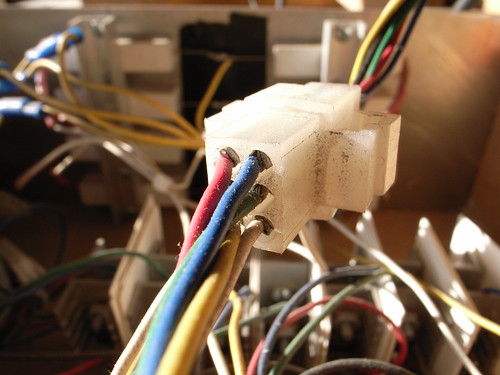Anne Balsamo gave a talk today at the Annenberg Center for Communication on the topic of her forthcoming book: TechnoHumanism: The Study of the Cultural Relationship between the Human and Technological
Some quick bullet points:
Anne describes how it is important to take culture seriously in technological design and creativity and think about how one can create culture through technology.
The imagination needs to be trained to think more complexly about the relationship between culture and technology. There is no essential nature about technology — it is not just a mere tool, it is cultural practice itself.
There is no singular quality of technology. It is not an object, all technologies reproduce existing possibilities and create new ones.
The Technological imagination is multiple in lots of ways. Every technology creates the possibility of multiple contradictory effects. This allows one to comprehend a multiple arrangement of forces and possibilities. Designing Culture is not primarily about theory, but praxis — practice informed by theory. It’s important to experiment and work with emerging technologies
These ideas and considerations shape the recently formed Collaboratory for Technology and Culture at USC, which is both an approach to doing technology and culture and a physical space cohabited by several Interactive Media Division faculty members (Steve Anderson, Anne Balsamo, Julian Bleecker, Mark Bolas, Perry Hoberman, Andreas Kratky, Michael Naimark, Peggy Weil) here at USC and visiting researchers. Some future plans for the space include an annual festival of art and technology(!)
What are some Collaboratory tag lines? A place to create evocative knowledge objects, a place to exercise the technological imagination, a place to prototype our futures.
Why do I blog this?
There is (or continues to be) much interest in this important topic area. It shapes thinking about how to make things and has practical implications, particularly in an age where DIY sensibilities and practices continue to travel far and wide. With more access to the mechanisms for creating what one imagines, it seems reasonable to expect that provocative changes will arise in aspects about how we inhabit our world. And then, what does that mean for the ways in which our conditions of material existence are shaped, particularly when individuals (or clusters) are the one’s who are doing that shaping, not just Wal-Mart.
I’m fascinated by the possibilities of collaborative innovation and especially by approaching R&D through creative practice.
I recently came across Anne Nigten’s dissertation, that looks closely at approaches to R&C through a process she describes as Process Patching: Defining New Methods in aRt&D
Today’s electronic art practice is a collaborative practice, the research and development process includes people from different backgrounds, such as (computer) scientists, technicians and design experts. The research value of the collaboration between computer science, engineering and art is an important addition to existing R&D. Art exploration of new technologies fosters innovation in the arts, and art concepts often imply demands of functionality that may lead to further R&D. This is different from research and development aimed at practical applications of new technologies as we see them in everyday life. The next step for aRt&D is a formalization of the associated work methods, as an essential ingredient for interdisciplinary collaboration. This paper focuses on processpatching, the assumed method for the artist as connector or bridge builder between disciplines. Processpatching is the term I use for mixing and re-interpreting a plurality of methods as artistic method. Processpatching refers to the art&D process of electronic or interactive art, where different things are connected for the creation of an art experience, or an art project in a broader sense. Processpatching has its roots in the arts without being formalized as a method. The term is a blend of two words which both encompass a range of meanings and associations. This processpatching approach shows us how other (non-technical) fields can be useful to work around those issues which are hard to solve with current technology or which are difficult to express in machine understandable language. This paper elaborates on the motivation, the ideas, the related theory and broader context of processpatching.
Technorati Tags: art technology, art-technology, DIY
